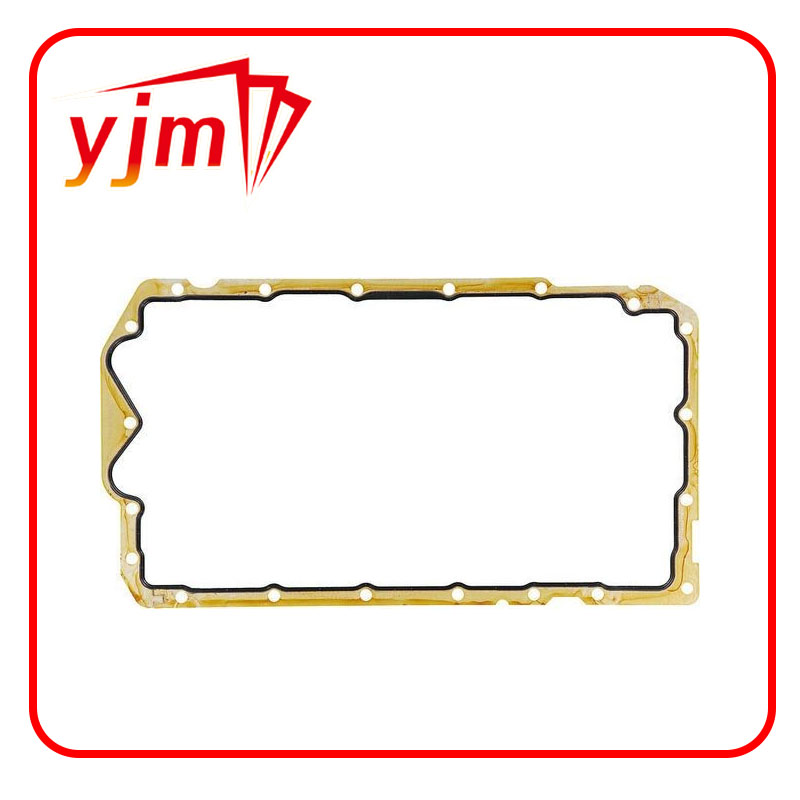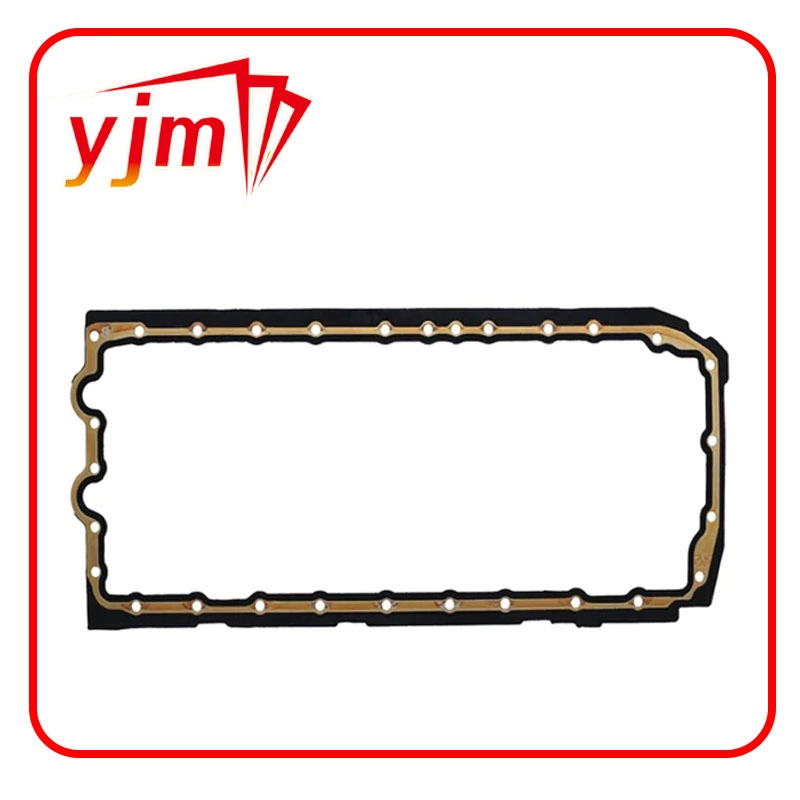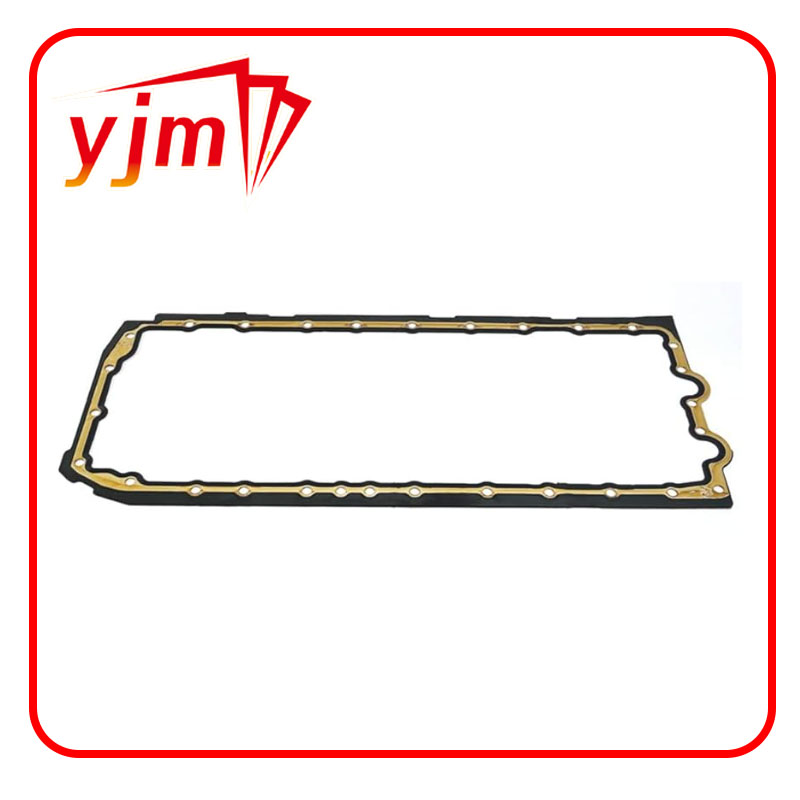Oil Pan Gasket
An oil pan gasket is a vital component in automotive engines, designed to provide a secure seal between the oil pan and the engine block. It prevents engine oil from leaking, ensuring proper lubrication and protecting engine components from wear and overheating.
1. High-Quality Materials
Oil pan gaskets are made from durable materials such as rubber, cork, silicone, or multi-layer steel. These materials are chosen for their ability to withstand high temperatures, oil exposure, and engine vibrations, ensuring long-lasting performance.
2. Precision Fit
Designed to match specific engine models, oil pan gaskets offer a precise fit for seamless installation. This compatibility minimizes installation errors and ensures an effective seal, preventing oil leaks even under extreme conditions.
3. Enhanced Durability
Many oil pan gaskets feature advanced designs with reinforcement layers or molded edges, providing additional strength and resistance to deformation. These features make them ideal for modern engines operating at high pressures and temperatures.
4. Leak Prevention
The primary function of an oil pan gasket is to prevent oil leaks, which can cause engine damage, reduced efficiency, or environmental hazards. A well-designed gasket ensures a leak-free connection, protecting the engine and surrounding components.
In summary, an oil pan gasket is a critical engine component that combines durability, precision, and reliability, ensuring optimal performance and protection for your vehicle.
How Much Does It Cost to Replace a Gasket on an Oil Pan?
The cost of replacing an oil pan gasket can vary widely depending on factors such as the make and model of the vehicle, labor rates in your area, and whether additional repairs are needed. On average, the total cost ranges between $150 and $500, with labor typically accounting for the majority of the expense.
The gasket itself is usually an affordable part, priced between $10 and $50, depending on the material and quality. However, the labor cost can be significant, ranging from $100 to $450, as replacing an oil pan gasket often involves lifting the vehicle, draining the oil, and removing other components to access the oil pan. For vehicles with complex engine layouts, the process may take several hours, increasing labor charges.
Additional costs may arise if there are related issues, such as a damaged oil pan or worn bolts, which also need replacement. Replacing the gasket promptly is essential to prevent oil leaks, which can lead to engine damage and costly repairs if left unaddressed.
In summary, the cost to replace an oil pan gasket typically falls within the $150–$500 range, with the exact price depending on parts, labor, and the vehicle’s complexity. Regular maintenance can help identify leaks early and minimize repair expenses.
How Serious Is an Oil Pan Gasket Leak?
An oil pan gasket leak is a significant issue that can lead to serious consequences if not addressed promptly. The gasket is responsible for sealing the oil pan to the engine block, preventing engine oil from leaking. When this seal fails, oil can escape, leading to reduced lubrication for critical engine components.
A minor leak may start as a few drops of oil under the vehicle, but over time, it can worsen, causing a substantial loss of oil. Low oil levels can result in increased friction and heat, leading to engine wear and, in severe cases, complete engine failure. Additionally, leaking oil can drip onto other parts, such as the exhaust system, potentially causing smoke, odors, or even a fire hazard.
Environmental concerns are also a factor, as oil leaks can contaminate the ground and nearby water sources. Furthermore, a noticeable leak can lead to costly fines in areas with strict environmental regulations.
In summary, an oil pan gasket leak is a serious issue that should not be ignored. Promptly addressing the problem by replacing the gasket ensures engine longevity, prevents damage, and protects the environment from harmful oil spills.


